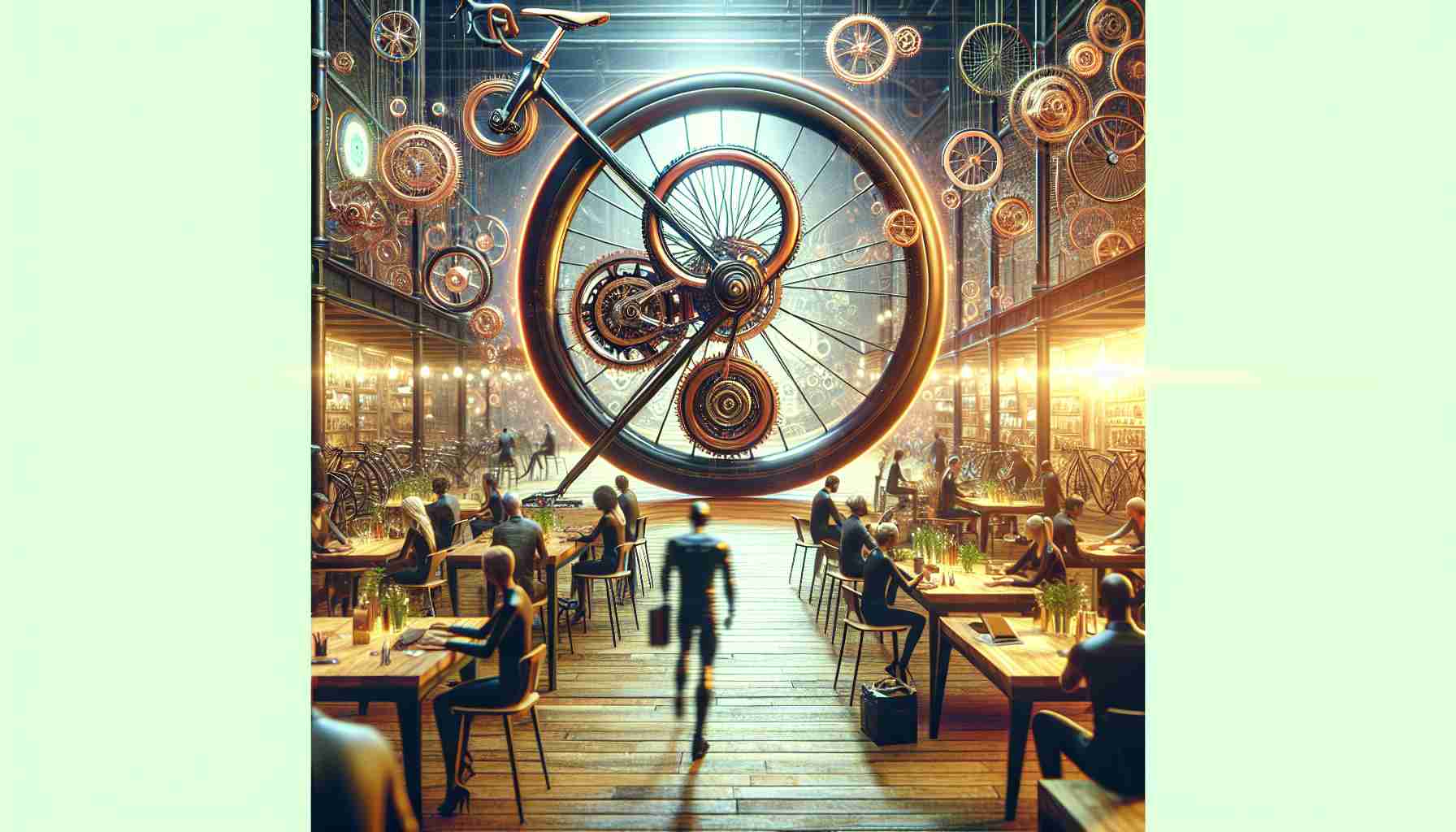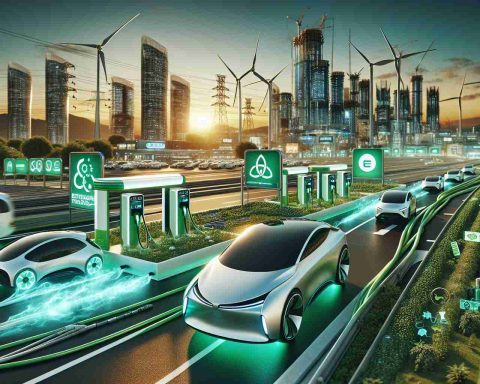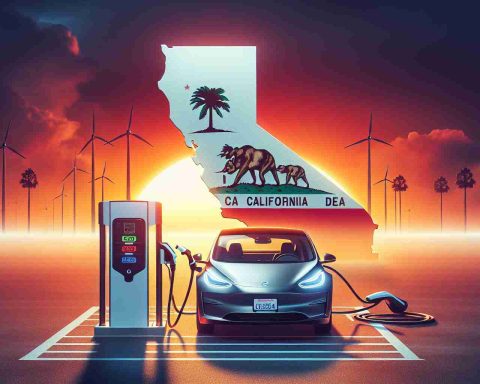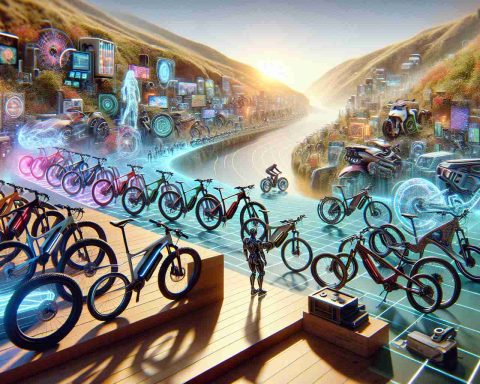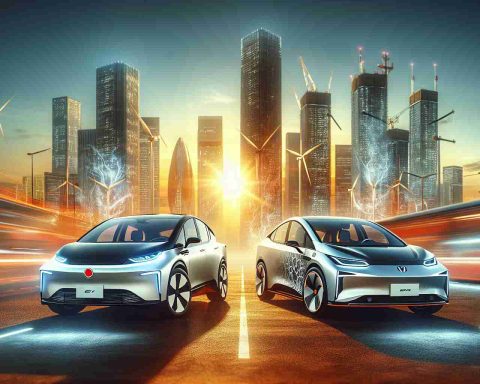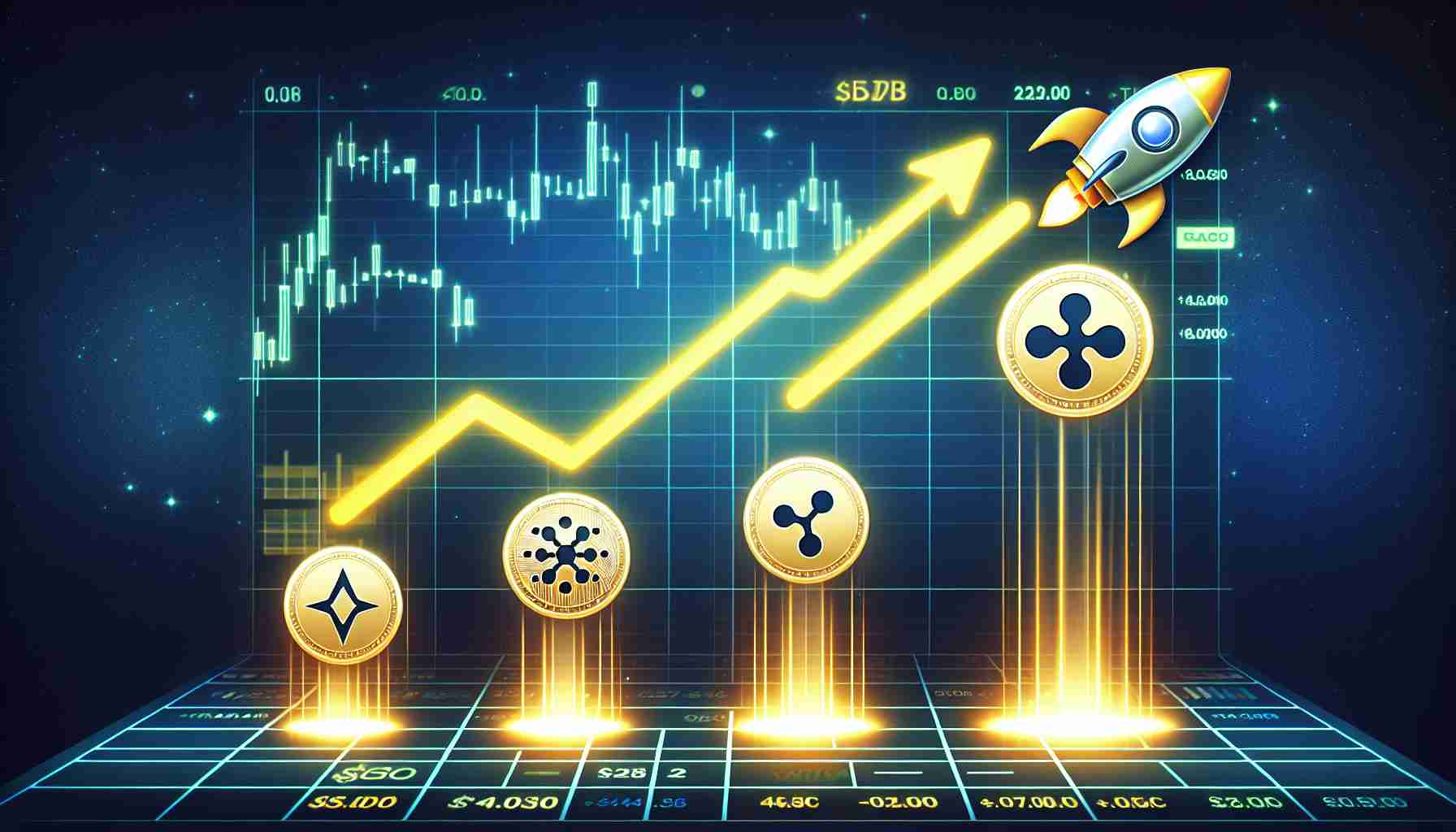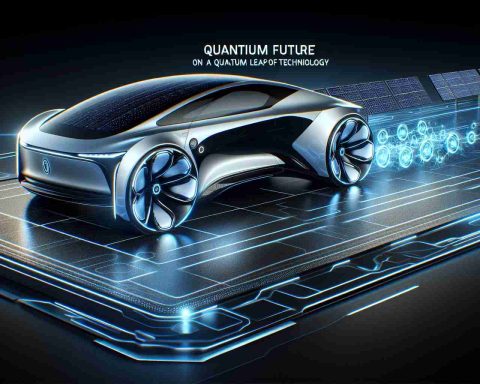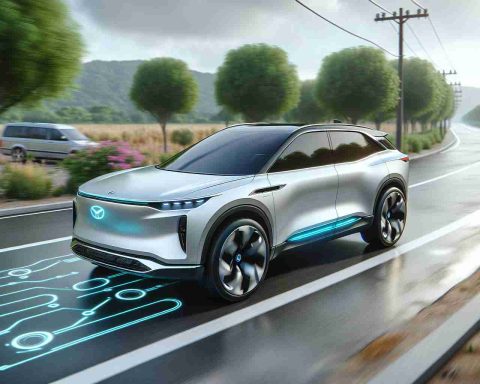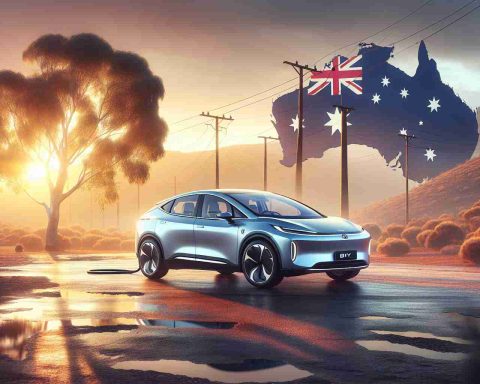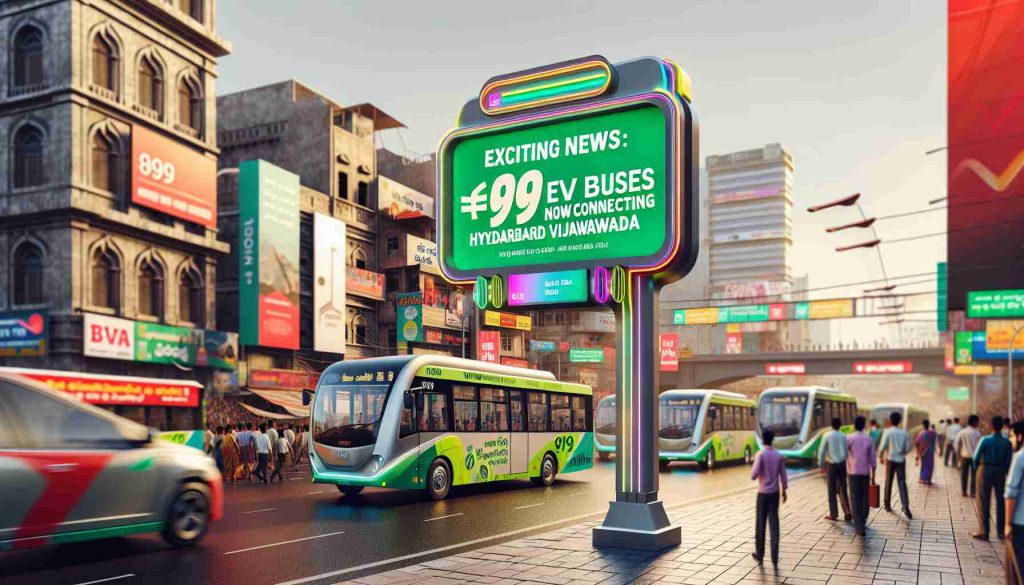- The high-end bicycle market is projected to grow by $6.50 billion from 2025 to 2029.
- Growth is driven by technological innovations and increasing health awareness among consumers.
- E-bikes are particularly popular in developing countries, promoting cycling as a sustainable lifestyle.
- Potential buyers should consider the higher maintenance needs of e-bikes.
- Major manufacturers like Giant, Trek, and Specialized are leading with innovative products.
- This trend reflects a broader shift towards fitness and environmentally friendly transportation solutions.
Get ready for a cycling renaissance! The global high-end bicycle market is gearing up for an exhilarating boost, set to expand by a staggering $6.50 billion from 2025 to 2029. Riding a wave of technological innovation and rising health consciousness, this market is projected to grow at an impressive 7.5% CAGR during this period.
What’s fueling this shift? The rise of e-bikes in developing countries stands at the forefront, enticing more individuals to embrace cycling as a sustainable and health-focused lifestyle choice. However, potential buyers should be aware—while these electric marvels are a game changer, they do come with elevated maintenance challenges that can’t be overlooked.
As the competition intensifies, prominent names such as Giant Manufacturing, Trek Bicycle Corp, and Specialized Bicycle Components are innovating like never before, creating cutting-edge products that cater to a variety of cycling adventures, from rugged mountain trails to sleek road races.
This surge in popularity signifies a larger movement toward fitness and green transportation, making high-end bicycles not just a commodity, but an essential part of modern life. Whether you are a seasoned cyclist or just starting, now is the perfect time to jump on the saddle and explore the endless possibilities that await.
Key takeaway: The high-end bicycle market is not just growing; it’s transforming the way we think about fitness and transportation. Prepare to pedal into the future!
Unleashing the Future of Cycling: Insights into the High-End Bicycle Market
The cycling market is entering a dynamic renaissance, with the global high-end bicycle sector projected to expand by $6.50 billion between 2025 and 2029. This significant growth reflects a 7.5% CAGR, driven by advancements in technology and an increased emphasis on health. Below, we delve into the factors fueling this transformation, notable trends, and key considerations for potential buyers.
Fueling the Shift: The Rise of E-Bikes and Sustainable Cycling
The increasing popularity of e-bikes is leading the charge in both developed and developing countries. These electric bicycles not only offer efficient alternatives for commuting but also promote healthier lifestyles. As cycling becomes more accessible through these innovations, potential buyers should consider the following:
– Maintenance Challenges: While e-bikes provide numerous benefits, they may also require more maintenance than traditional bicycles. This includes battery care, electrical system checks, and general upkeep that could deter some users.
Market Insights: Trends and Innovations
Several trends are reshaping the high-end bicycle market, including:
– Technological Innovations: Companies are investing heavily in research and development, resulting in lighter materials, advanced gearing systems, and improved aerodynamics. This innovation makes cycling more efficient for both casual riders and competitive athletes.
– Sustainability Efforts: As global awareness around climate change grows, consumers are increasingly looking for eco-friendly transportation solutions. High-end bicycles are becoming a symbol of this movement, combining luxury with sustainability.
Key Considerations for Buyers
When considering purchasing a high-end bicycle, here are some important aspects to keep in mind:
1. Pros and Cons: Understand the benefits of advanced technology and sustainability against the potential for higher maintenance and repair costs.
2. Pricing Trends: The high-end bicycle segment reflects a range of pricing influenced by brand reputation, materials, and technology features. Buyers should evaluate their needs against available budgets.
3. Compatibility and Use Cases: Ensure the selected bicycle matches your intended use—whether for daily commuting, recreational riding, or competitive sports.
FAQs: Critical Questions for Potential Buyers
1. What should I look for when buying an e-bike?
Look for battery life, weight, brand reputation, and warranty. Additionally, consider the type of cycling you’ll do (commuting, off-road, etc.) to find the right fit.
2. Are high-end bicycles worth the investment?
Yes, high-end bicycles often offer superior quality, durability, and technology, making them a worthwhile investment for serious cyclists.
3. What are the latest innovations in high-end bicycles?
Recent innovations include smart technology integration (like GPS and fitness tracking), improved braking systems, and eco-friendly materials, enhancing performance and user experience.
Conclusion
As we witness this exciting transformation in the high-end bicycle market, it becomes clear that cycling is more than just a hobby—it is becoming an integral part of a healthier, more sustainable future. Whether you’re an experienced rider or a newcomer, this is the optimal moment to invest in this burgeoning market.
For more insights and resources on cycling trends and products, visit this cycling resource.
